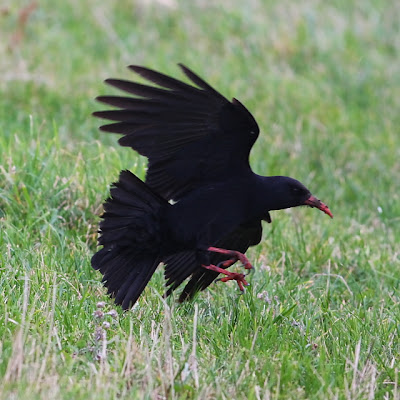Despite this, over the course of the last year I have somehow become a Godfather to three previously heathen, now good Christian, children. This has required me to swear, on a variety of holy books which don't exactly get well-thumbed in the Moore household, to drop everything for these young souls at times of trouble, without any get out clauses such as 'unless a first for Britain turns up'. Fortunately, this hasn't been put to the test yet, and let's hope it isn't any time soon.
The latest unfortunate waif to be entrusted to my unique brand of moral guidance, the lovely Tilly (6 months), lives in Cornwall and was welcomed into the Church amidst the biblical rainfall of last weekend. She at least has a fighting chance of regular autumn visits from her Godfather as I can crash at her Mum and Dad's when a rare bird turns up, as I did with the American Bittern in 2010. Assuming she hasn't already moved into my spare room of course, the selfish madam. The other two live in London, so don't stand much of a chance unless the Wetland Centre in Barnes turns up a goodie, which it hasn't for a while. Fortunately, God moves in mysterious ways these days, so I can send them Amazon gift vouchers in lieu of spiritual leadership.
 |
| A bird: will I ever see one again? |
Anyway, all this vaguely theistic drivel is a long-winded way of saying that, what with parenting, godparenting, studying and working, I haven't got much birding done lately. During the long winter evenings, however, I have managed to update my website which had been badly neglected in favour of the more trivial responsibilities listed. Check it out, if only so I'm not the only one reminiscing about the times when I used to go outside and take pictures of stuff.
P.S. In the unlikely event that any of the mums and dads of any of my gorgeous God-children are reading this, I'm obviously joking about all of the above. Except the 'first for Britain' bit: Leviticus, Chapter 10, Verse xii clearly states 'thou shalt not dip on Black-throated Blue Warbler'. And who am I to argue with the good book?
























































